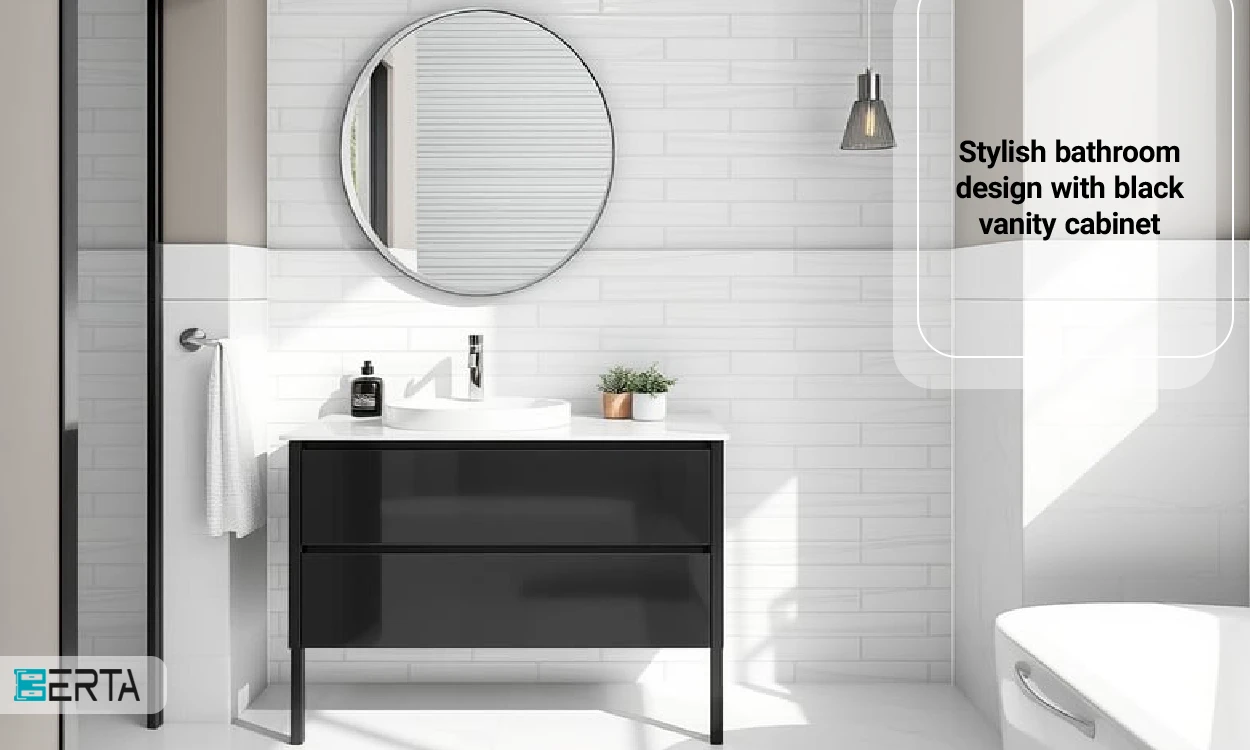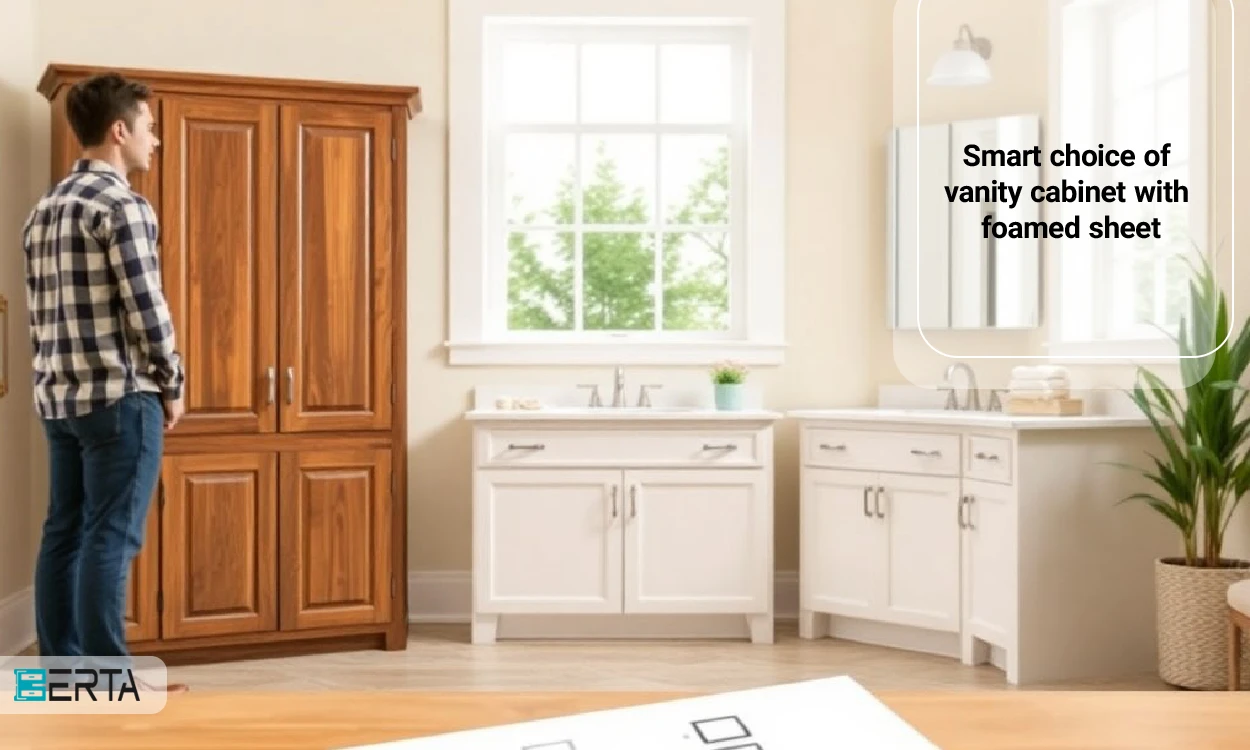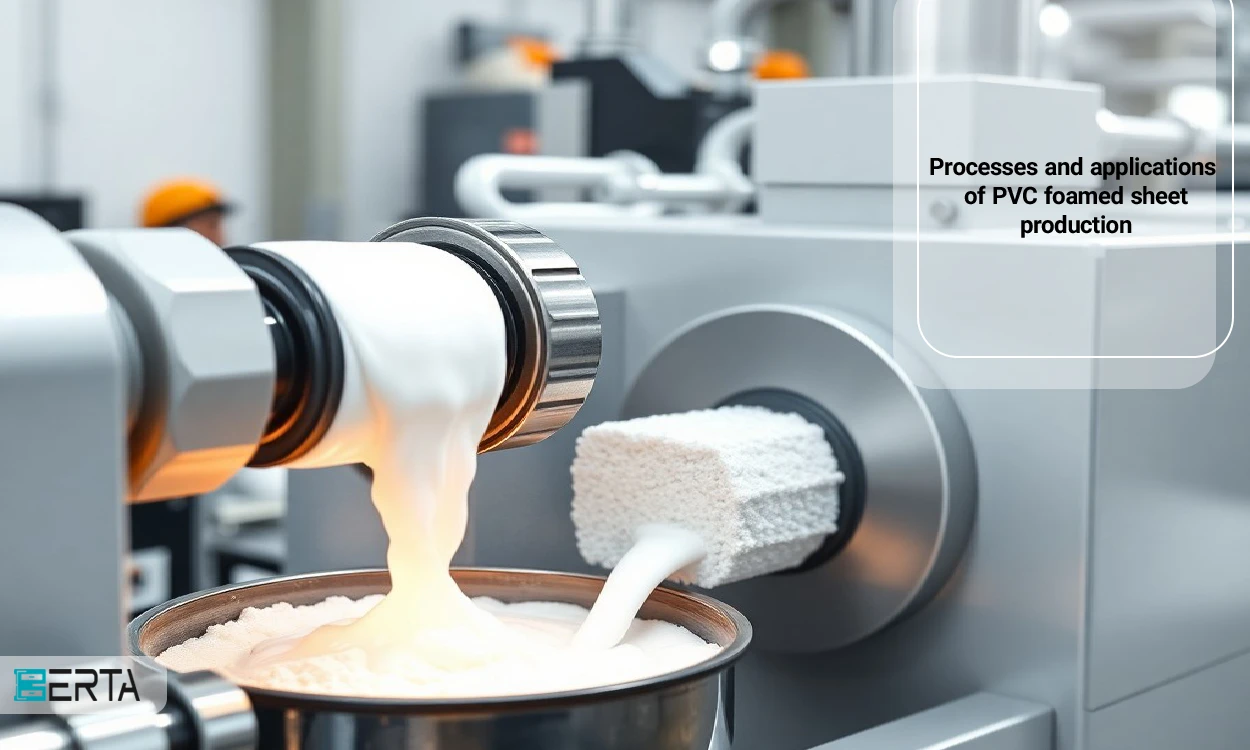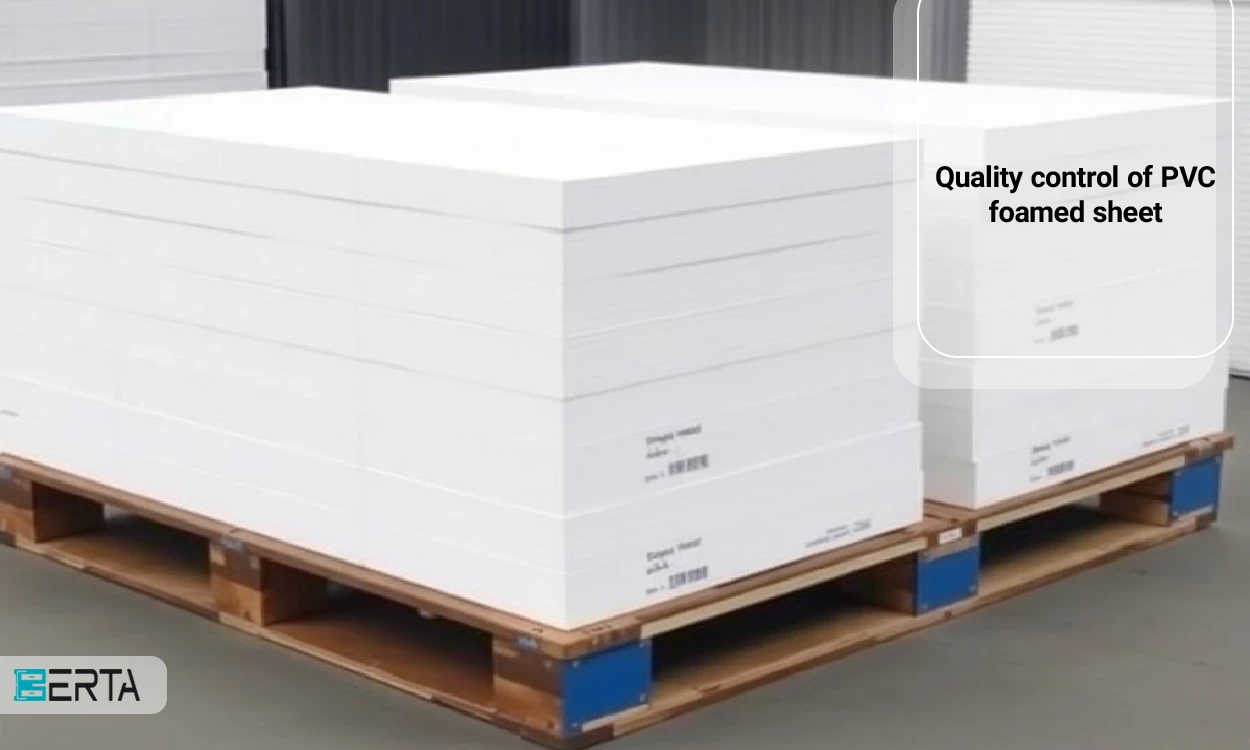Vanity cabinets require high-quality fittings and suitable coatings due to exposure to constant moisture. Colors, as one of the key covering elements for these cabinets, not only create visual diversity but also display a uniform and beautiful surface. One of the other ways to diversify the design is to use coated PVC foamed sheets, which are available in various colors and designs such as wood, stone, and textured designs and do not need to be painted. But if raw or embossed sheets are used, choosing the right color for the vanity cabinet is especially important to preserve the beauty and durability of the decoration.
Steps before painting PVC vanity cabinets
Correct surface preparation is essential for painting PVC vanity cabinets. Foamed sheets usually have a lot of voids, which must be filled with Mel and Serish putty before painting. The desired surface should be completely polished and free of protrusions, holes, and extra edges.
1- Surface preparation
To do this, first, using instant putty or plastic paint (depending on the distance between components and gaps), fix all the gaps between the assembled bodies so that the work surface is uniform. Make sure there are no gaps between the assembled parts. Then check the work surface carefully and fill the depressions caused by impact or other reasons with stone putty.
2- Choosing the right putty
On the work surface, be sure to use only stone putty, as other putties may bubble and appear as holes in the work after painting. To use putty, Mel, and Serish Sangi, you need two supplements, one of which is in the form of an ointment, and the ratio of its use to putty is one-tenth.
3- Implementation of putty work
After preparing the putty, take a small amount of putty using a spatula and spatula and knead it on the spatula and spatula. Then drag the putty on the work surface with a squeegee and collect the extras. Repeat this on the entire surface until the entire surface is covered with putty. After applying the stone putty, wait for at least an hour until it is completely dry and ready for polishing.
4- Work polishing
After the putty dries, the surface is ready for polishing. For this, use a pumice board and hand sander or electric sander. First, wipe the entire surface with a tissue and then sand the surface and section with a soft sandpaper. Finally, re-blow and clean the sheet to be ready for lining.
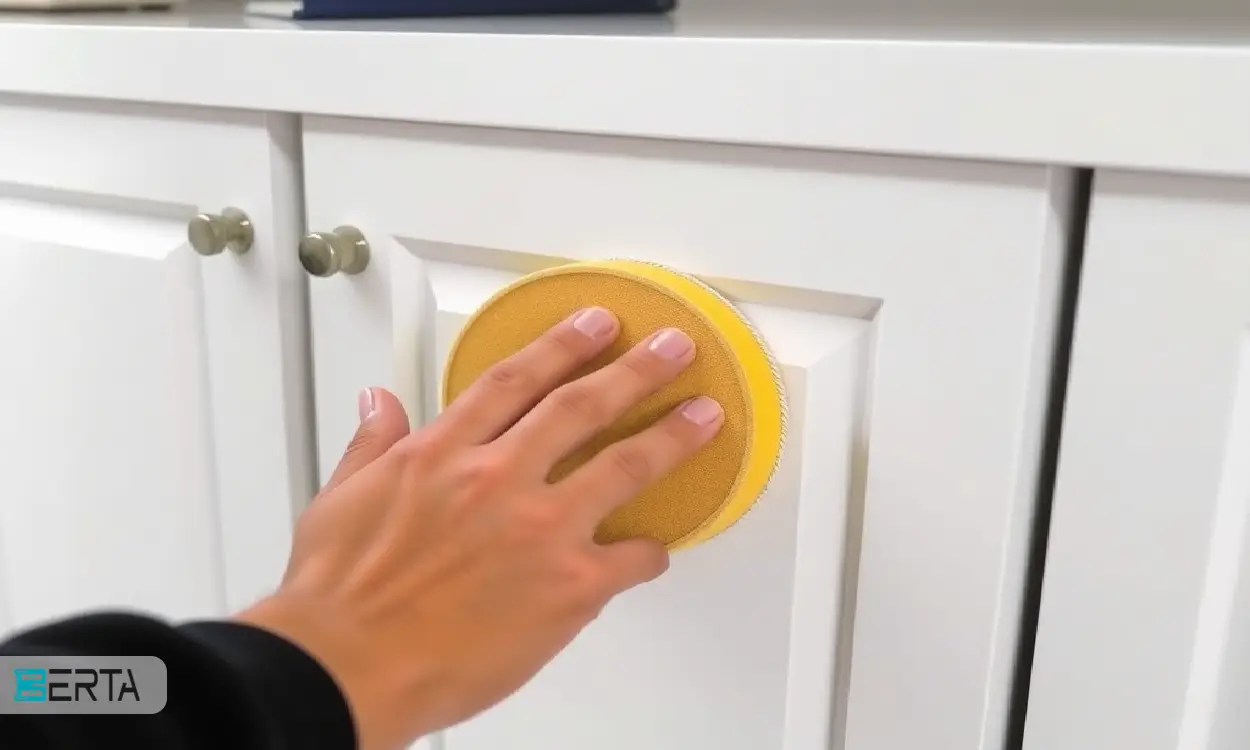
PVC vanity cabinet painting steps
To start a successful and high-quality painting process, providing a suitable background is of great importance. One of the main factors in this field is having a paint room or a separate space away from traffic and dust. This space should be designed in such a way that the products can be easily painted there and enough time is provided for the paint to dry completely.
1- Putty work
If the plastering is done correctly, by applying a coat of oil paint or instant automotive paint, there is no need to prime the work made from raw foamed sheet. But if you want to make it more beautiful, you can also do the lining step.
2- Lining
For lining, do not use sandpaper and coarse abrasives, because these types of tools can make the work surface uneven. Use vibrating sanders available in the market and keep the surface wet while working. After the putty dries, dry the vanity cabinet with a clean towel and then blow the work surface to completely remove the dust from the surface.
3- Lining composition
Mix the instant primer that you can get from auto paint stores at a ratio of 50% with instant thinner 20000. Note that instant primer does not dissolve with gasoline and it is better not to use instant thinner 10000. The ratio of thinner to liner varies from brand to brand, so mix it in such a way that the liner is linear and smooth.
4- Spraying the lining
Spraying the primer should be such that it covers only the work. The thickness of the lining layer should be 0.1 mm as thick as a paper. It is very important to maintain proper distance and uniform hand movements. After spraying the primer, you should wait about 10 minutes in warm weather and 30 minutes in winter for the primer to dry completely.
5- Spray paint
For painting PVC sheets, use a high-quality spray gun with an efficiency value of 1.8, which is specific to paint. It is very important to have a water trap, filter, or separator in the air path of the compressor. Oil paints and 100% acrylic latex paints are suitable options for this work.
6- Color drying
After painting, you should keep the cabinets in an isolated and dust-free space. The temperature and humidity of this space affect the drying process of the paint. To move the painted doors, use metal handles and slide them into the built-in shelves.
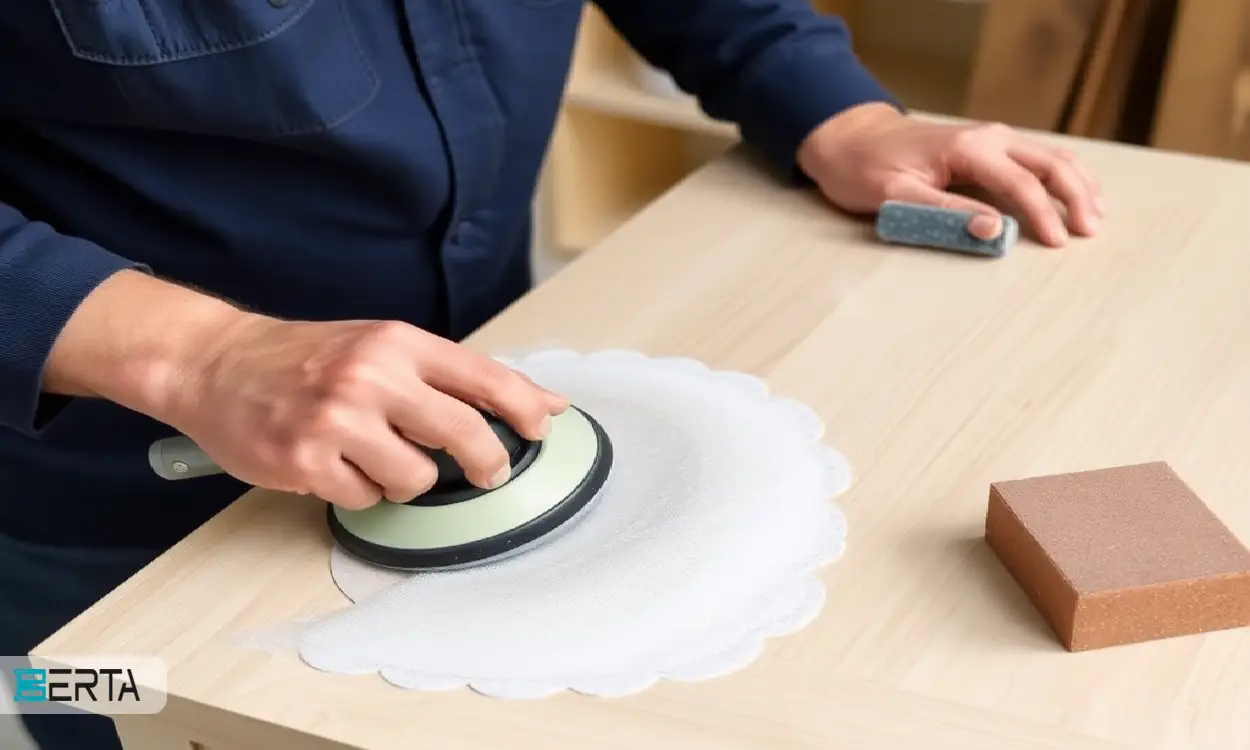
Vanity cabinet painting tips
Painting PVC vanity cabinets requires precision and compliance with safety precautions. Here are some key tips for painting these types of cabinets:
1- Safety equipment
- Respirator: It is very important to wear a full face mask to avoid inhaling paint fumes.
- Gloves and special clothing: long-sleeved clothing and gloves are necessary to protect the skin.
- Protective glasses: Use protective glasses to prevent color from entering the eyes.
2- Proper ventilation
- Airflow: If painting indoors, use air conditioners to reduce airborne paint dust.
- Painting outdoors: If you are working outdoors, there is natural airflow, but you still need to be careful.
3- Caring for the work environment
- Preventing ignition: Avoid flammable materials and avoid smoking or lighting fires near the painting area.
- Safe workplace: The paint room should be made of fire-resistant materials and equipped with a fire extinguishing system.
4- Cleaning tools
- Cleaning: Clean painting tools such as pistols, brushes, and spatulas before and after work with thinners or industrial thinners.
- Check tools: Make sure the gun and other tools are clean and in good condition. Any damage or dirt can cause uneven paint spray.
5- Painting techniques
- Spraying paint: When spraying paint, be careful not to be in the path of the paint exit and follow the circular movement of the paint.
- Even Spray: Make sure all nozzle holes of the gun are open and clean so that the paint is sprayed evenly.
conclusion
Painting PVC vanity cabinets requires precision and compliance with safety precautions. By properly preparing the surface, using the right tools, and following the painting techniques, you can achieve the desired results. By following these steps and tips, you can create high-quality and beautiful cabinets that are resistant to moisture both in terms of beauty and durability. According to these tips, you can enjoy the final result of your work and have stylish and efficient cabinets.




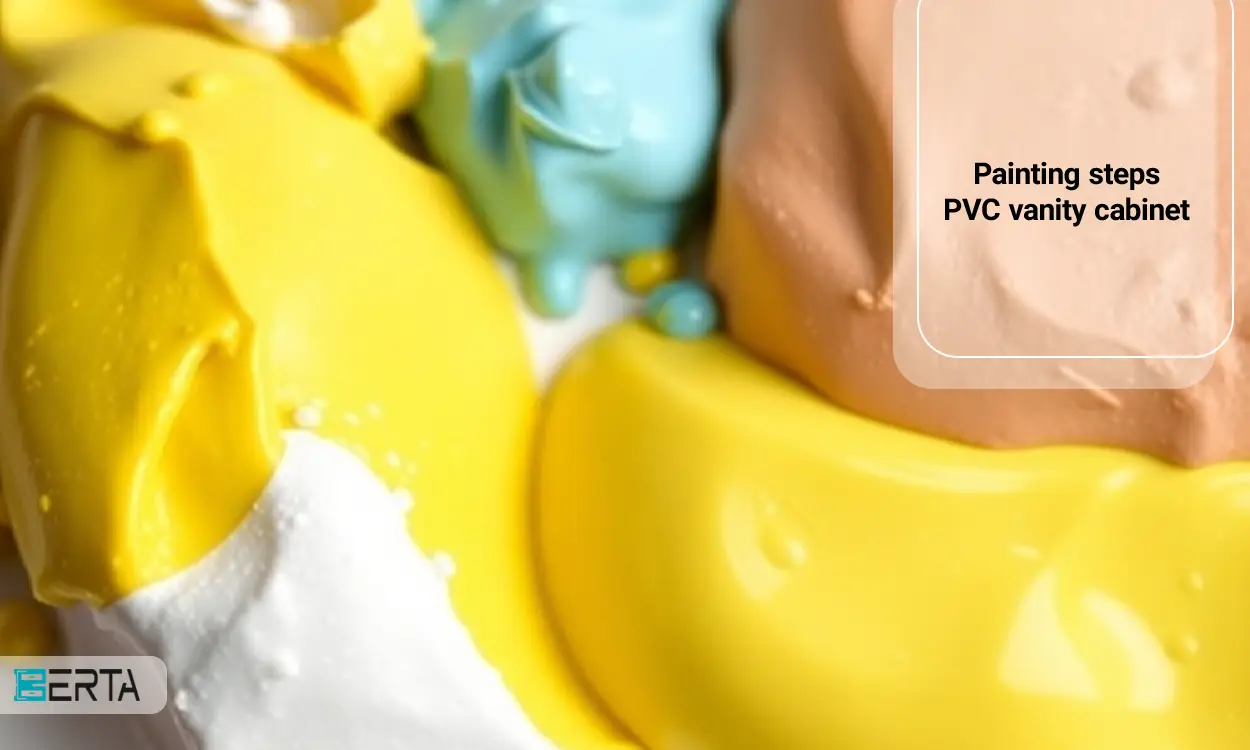
17938.jpg)
 Whatsapp
Whatsapp  Telegram
Telegram 


